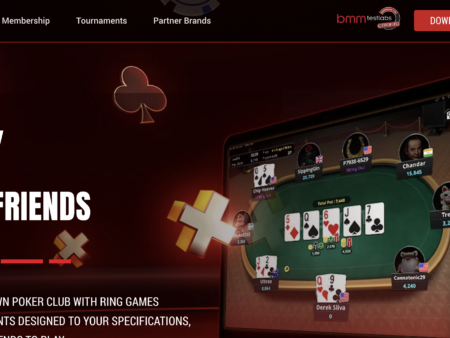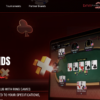How to Play Poker
Are you ready to learn the exciting game of poker? Whether you’re a novice or an experienced player looking to refine your skills, this guide will provide you with a comprehensive overview of the game and its rules.
1. Understand the Basics
Poker is a card game that is played with a standard deck of 52 cards. The objective of the game is to win the pot, which contains bets made by various players throughout the game.
2. Familiarize Yourself with Hand Rankings
Knowing the different hand rankings is essential in poker. Here’s a quick rundown from highest to lowest:
- Royal Flush: A, K, Q, J, 10, all of the same suit
- Straight Flush: Five consecutive cards of the same suit
- Four of a Kind: Four cards of the same rank and any other card
- Full House: Three cards of the same rank and two cards of another rank
- Flush: Five cards of the same suit, not in consecutive order
- Straight: Five consecutive cards of any suit
- Three of a Kind: Three cards of the same rank and two unrelated cards
- Two Pair: Two sets of two cards of the same rank and one unrelated card
- One Pair: Two cards of the same rank and three unrelated cards
- High Card: If no player has any of the above, the player with the highest card wins
3. Learn the Gameplay
Poker has several different variations, but the most popular one is Texas Hold’em. Here’s how the game typically proceeds:
- Each player is dealt two private cards.
- The dealer places five community cards face-up on the table.
- Players take turns placing their bets or folding their hands.
- During the game, players can use their private cards and the community cards to form the best possible hand.
- The player with the highest-ranked hand at the end of the final betting round wins the pot.
4. Master the Strategies
While poker involves a fair share of luck, mastering different strategies can greatly improve your chances of winning. Some common strategies include:
- Bluffing: Making other players believe you have a better hand than you do in order to force them to fold.
- Calculating Pot Odds: Assessing the potential reward relative to your bet to determine whether to continue with a hand.
- Reading Opponents: Analyzing the behavior and betting patterns of other players to gain insight into their hand strength.
- Positioning: Understanding how your position at the table affects your decision-making process.
5. Practice, Practice, Practice
Like any skill, practice is crucial in poker. Play with friends, join online communities, and participate in tournaments to enhance your skills and apply different strategies in a variety of game scenarios.
Remember to always gamble responsibly and set limits for yourself to ensure an enjoyable and safe playing experience.
Now that you have a solid understanding of how to play poker, gather your friends or find an online game, and start testing your skills at the poker table!











